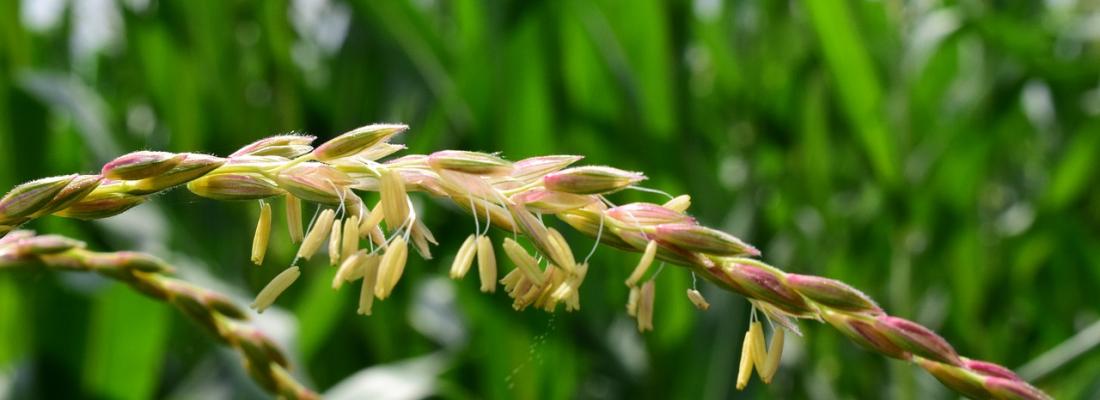Biodiversity Reading time 2 min
Plant reproduction: researchers unravel the role of a new membrane within pollen grain
Published on 30 July 2021

The birth of an individual starts with fertilisation: the fusion between a female and a male cell. Unlike animals, where a single fertilisation event is necessary to create an embryo, flowering plants require a double fertilisation event, where two male reproductive cells fuse separately and simultaneously with two female reproductive cells. This double fertilisation is indispensable to form a viable seed. These seeds provide the bulk of our plant-based diet as well as feed for livestock.
In flowering plants, the two male sperm cells are not motile, and therefore depend on pollen grain to transport them to the maternal tissues embedded within the flower. In this new study, scientists from INRAE and their counterparts[1] revealed a new membrane within the pollen grain that surrounds the two sperm cells, which is important to ensure sperm cell integrity during their journey toward the female flower.

|
Image of the NOT-LIKE-DAD protein on the membrane that encircles the two male sperm cells present in each pollen grain (image taken by confocal microscopy). |
A key membrane that reveals its secrets… including the presence of a “NOT-LIKE-DAD” protein
Thanks to microscopy technology and molecular and cellular biology tools, distinctive hallmarks of this membrane have been brought to light.
The first distinctive hallmark of this membrane is enrichment for a specific negatively-charged lipid. The second hallmark is the presence of a NOT-LIKE-DAD protein that has a stretch of positive charges, together with lipid anchors that allow NOT-LIKE-DAD to attach exclusively to this atypical membrane. The researchers also showed that this membrane encircling the two sperm cells plays a key role in making double fertilisation go smoothly, ensuring that the two reproductive cells end up in the right place at the right time.
The discovery of a universal mechanism in the plant kingdom?
On the one hand, these discoveries enrich our knowledge of living organisms. Indeed, other specific membranes, like those that surround some parasitic and symbiotic fungi, have also been found to have a lipid signature similar to that found in pollen grain. This suggests that this kind of membrane may be a universal mechanism to delineate particular structures inside plant cells. On the other hand, the specific localisation of the NOT-LIKE-DAD protein on this particular membrane is a first step in shedding light on the mechanism by which the absence of this protein leads to degraded paternal chromosomes within the enclosed male reproductive cells. This phenomenon is routinely used to develop new varieties of maize, and may also boost plant breeding for many other species.
[1]Scientists from the joint RDP lab (Reproduction et Développement des Plantes, ENS Lyon/CNRS/INRAE), Limagrain Field Seeds research centre (Limagrain), and the Centre technologiques des microstructures (Université Claude Bernard Lyon1) participated in the study.
Reference
L.M. Gilles, A.R.M. Calhau, V. La Padula, N.M.A. Jacquier, C. Lionnet, J.-P. Martinant, P.M. Rogowsky, T. Widiez, Lipid anchoring and electrostatic interactions target NOT-LIKE-DAD to pollen endo-plasma membrane, Journal of cell Biology, July 29 2021 https://doi.org/10.1083/jcb.202010077
